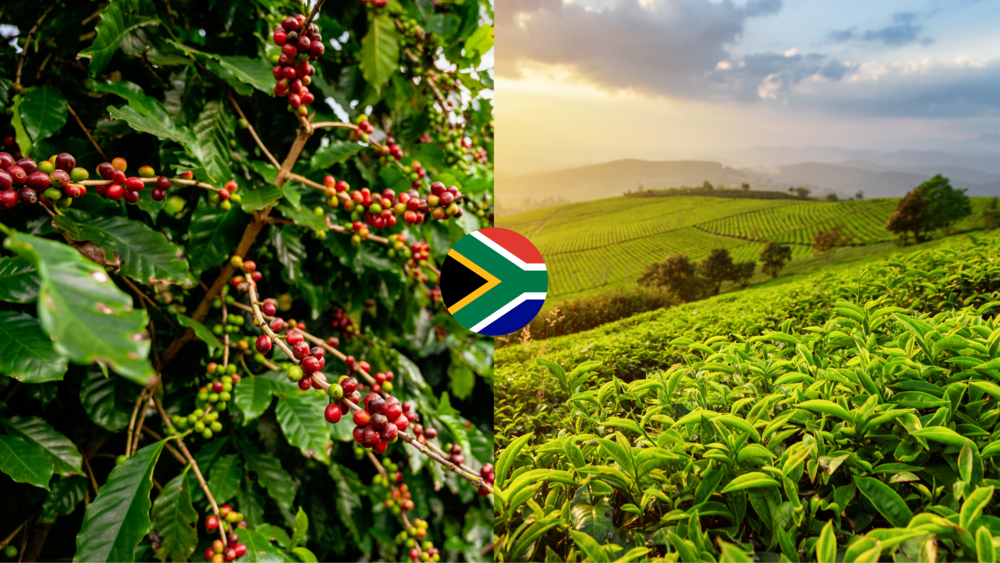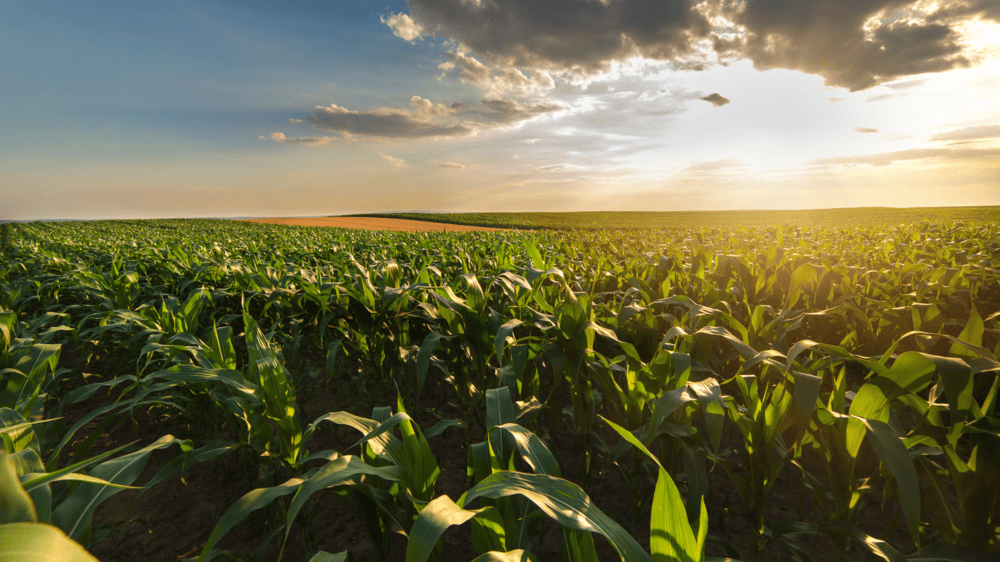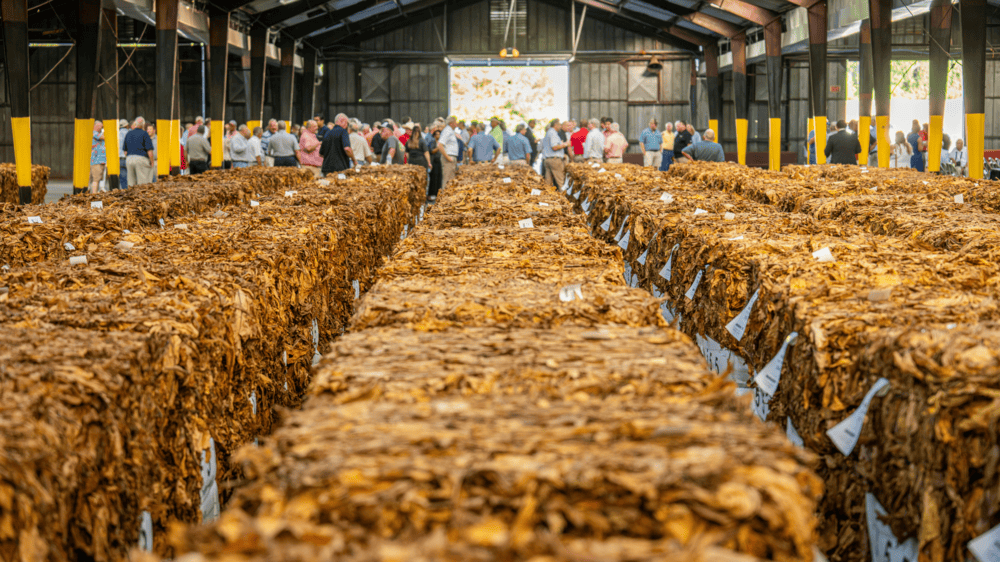Preserving and Processing of Fruit and Vegetables in South Africa
Agricultural production is an inherently seasonal activity globally and in South Africa. This poses a challenge for the agro-processing and manufacturing industries, which often struggle to maintain consistent plant capacity utilisation, which can range from 100% in peak season to 30% out of season. These fluctuations affect profitability as well as food availability and affordability.
One cannot discuss food processing in South Africa without addressing the pressing issue of food security and waste. It has been reported that about 10 million tonnes of food are wasted annually, which translates to about one-third of the country’s total food production. This waste comes from fruits, vegetables, and cereals, which are highly perishable and often lost early in the supply chain.
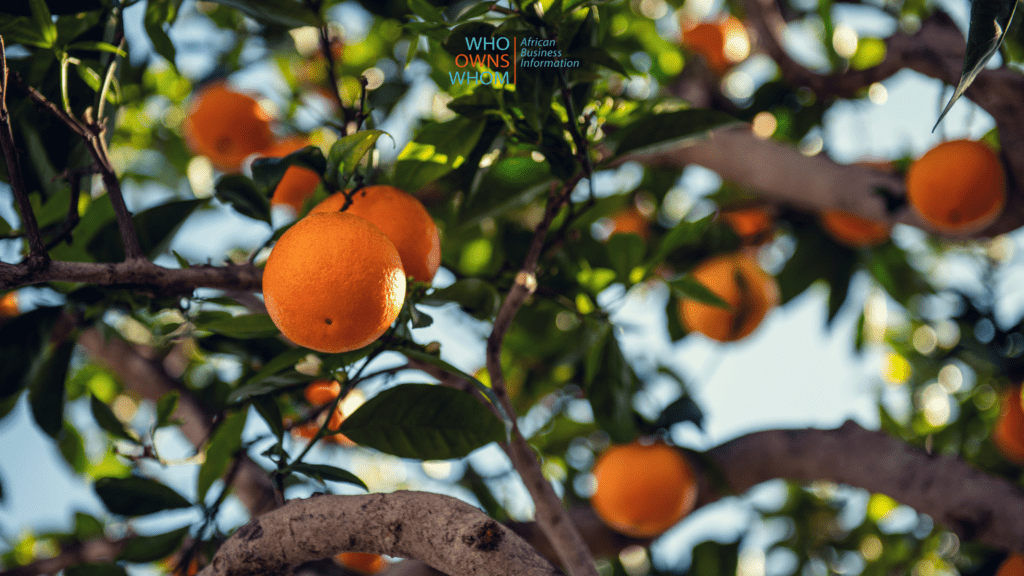
South Africa’s seasonality advantage
South Africa’s geographic position is a strategic advantage as its growing seasons are counter-seasonal to those in the Northern Hemisphere, where the country’s biggest customers are located. This is favourable for South Africa’s fresh fruit and vegetable exports, providing the agricultural sector with an added advantage.
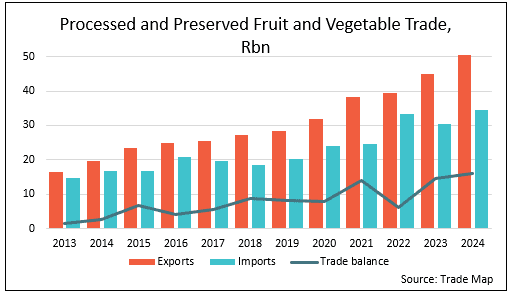
According to the WOW report on preserving and processing fruit and vegetables in South Africa, South Africa is a consistent net exporter of fruit and vegetables, as shown in the graph. While the US is not the biggest export market, it is substantial, and its tariff increases will undoubtedly affect volumes.
Additional tariff costs, while negative, must be seen in context. The value chain from the raw fruit on South African farms to the retail shelf in a US supermarket, either as fresh fruit or in processed form, has important cost implications that need to be mitigated.
Citrus Export Value Chain in South Africa
The inefficiencies in logistics and infrastructure, particularly in energy, impact cold storage and contribute to cost inflation and food loss as highlighted by the Citrus Groowers Association.
For example, farmers earn about R17.45 for a 15kg box of citrus, while the retail price is R159.25. Most of the value is added through processing, packaging and logistics.
The high post-harvest costs come from energy (especially due to Eskom’s unreliability and diesel backup), packaging, cold storage, transport and spoilage.
In 2024, R5.27bn was lost due to poor logistics and cold storage, and with 164.5 million cartons packed, that amounts to about R32 lost per carton, or roughly 20% of its value. This creates room to offset the tariff cost.
The new tariffs imposed by the US compelled South Africa to increase its efforts to look for alternative markets, and this provides an impetus to improve competitiveness to offset the tariff increases and address shortcomings in the logistics ecosystem, especially Eskom’s expensive and unreliable electricity supply – which has created havoc in many manufacturing businesses for companies like ArcelorMittal, Goodyear, and aluminium smelters – and Transnet and port inefficiencies.
Perhaps the US-imposed tariffs will be the trigger that forces South Africa to fast-track its efforts to restructure SOE costs and improve inefficiencies that have ripple effects throughout the economy.
Balancing the strategic advantage and threat to food security
The food value chain underscores a critical issue of food security for local communities, with nearly 30 million South Africans experiencing food insecurity due to rising costs, unemployment and inequality.
South Africa has embarked on several initiatives to preserve food, such as the use of nuclear technology to kill bacteria, parasites, and insects, and to slow down ripening or sprouting. This technology is still in its early stages but is safe and approved by global bodies like the World Health Organisation and the UN’s Food and Agriculture Organisation.
New preservation techniques, smart packaging and AI-driven monitoring, food banking and redistribution platforms, and community-based preservation techniques, can be used to improve the country’s competitiveness on the global stage while improving food security for the vulnerable.
Contact us to access WOW's quality research on African industries and business
Contact UsRelated Articles
BlogCountries Agriculture forestry and fishingSouth Africa
South Africa’s Tea & Coffee Market 2025: Price Shocks, Café Boom & Export Wins
Contents [hide] Anyone who remembers the competition between Betamax and VHS will know that VHS won the day, not because it had better technology. The same phenomenon is evident in...
BlogCountries Agriculture forestry and fishingSouth Africa
The Agribusiness Sector in South Africa
Contents [hide] The South African agribusiness sector is a backbone of the economy, driving growth and providing food security and employment. Who Owns Whom’s report on the agricultural sector in...
BlogCountries Agriculture forestry and fishingMozambique
Tobacco industry in Mozambique – Strategies to revitalise Mozambique’s declining tobacco industry
Contents [hide] The global tobacco market is a double-edged sword. On the one hand, international regulations and health campaigns are intensifying, advocating for healthier lifestyles and discouraging people from using...

